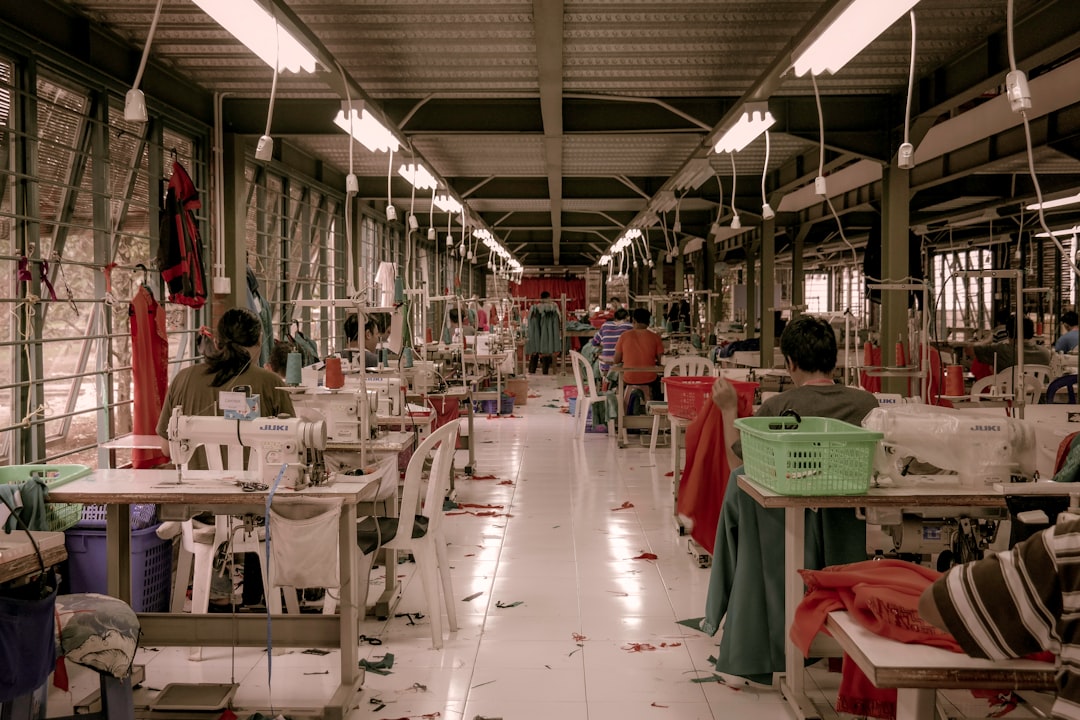Smart garment factory
Smart garment factories are revolutionizing the textile industry by integrating advanced technologies into the production process. These factories leverage the power of automation, robotics, and artificial intelligence (AI) to improve efficiency, reduce costs, and enhance the quality of products.
What is a smart garment factory?
A smart garment factory is a modern production facility that uses advanced technologies to automate and streamline the manufacturing process. These factories are equipped with sensors, cameras, and other devices that collect data and provide real-time insights into the production line. They also use robotics and AI to automate repetitive tasks, such as cutting, sewing, and packaging, which helps to reduce errors and increase productivity.
The benefits of smart garment factories
The benefits of smart garment factories are numerous. Here are some of the most significant advantages:
- Increased efficiency and productivity
- Reduced labor costs
- Improved quality control
- Reduced waste and environmental impact
- Real-time data analytics and insights
By leveraging these benefits, smart garment factories are able to produce high-quality products at a lower cost and with a faster turnaround time.
How do smart garment factories work?
Smart garment factories use a combination of sensors, cameras, and other devices to collect data on the production line. This data is then analyzed in real-time using AI and machine learning algorithms, which provide insights into the production process. These insights can be used to optimize the manufacturing process, reduce waste, and improve quality control.
Additionally, smart garment factories use robotics and automation to streamline the production process. For example, robots can be used to cut and sew fabric, while automated conveyors can transport materials and finished products.
The future of smart garment factories
The future of smart garment factories is bright. As technology continues to advance, these factories will become even more efficient and productive. For example, the use of 3D printing technology could revolutionize the way garments are produced, allowing for greater customization and faster turnaround times.
Overall, smart garment factories are transforming the textile industry by making production faster, cheaper, and more efficient. As these factories continue to evolve, we can expect to see even more innovations that will shape the future of fashion.

